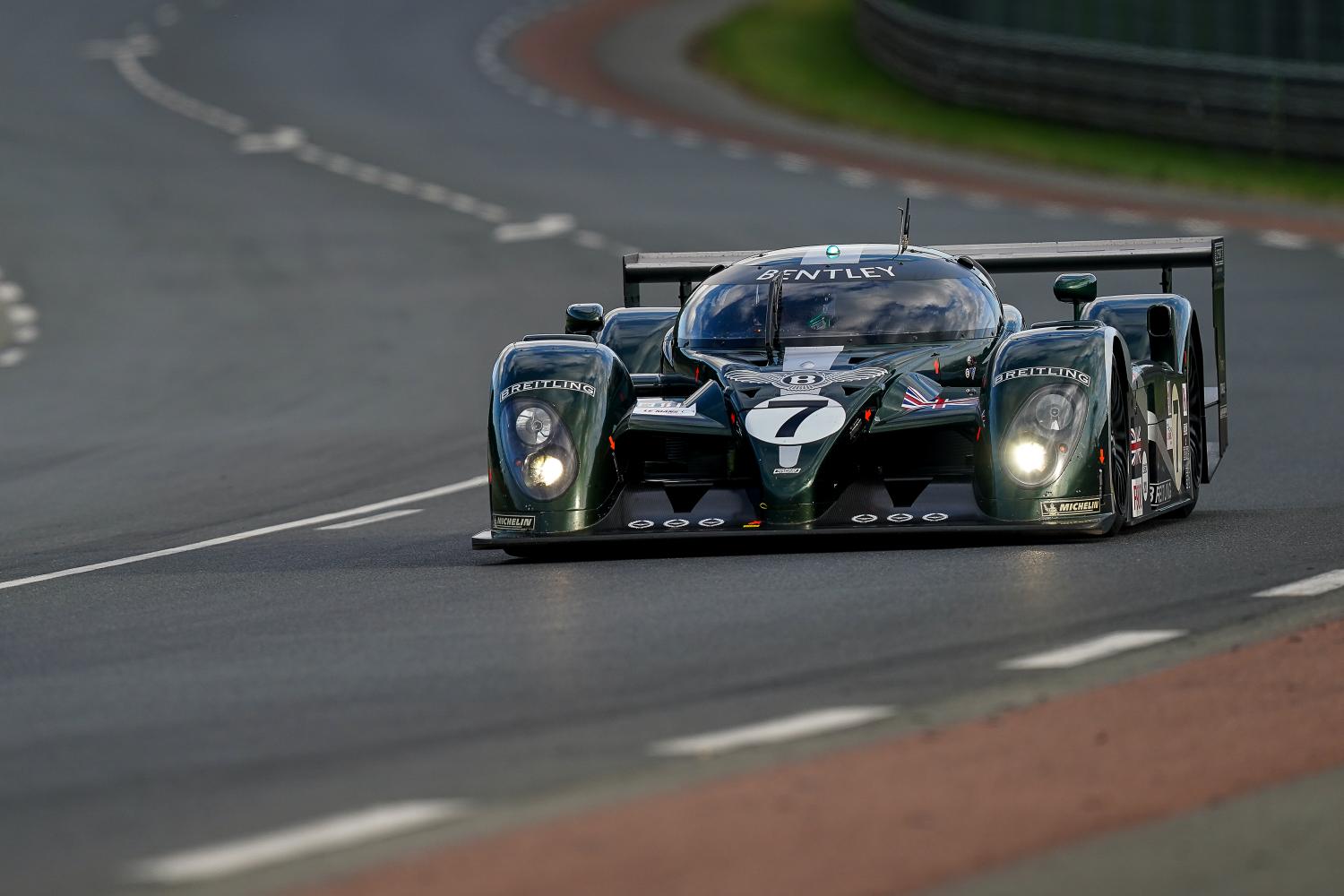Endurance racing is one of the most popular forms of motorsport. With races taking up to 24 hours, endurance racing is all about balancing speed and durability.
This has made the sport appealing to manufacturers, with many of them engineering cars that are both fast and reliable. It also helps that endurance racing is often shown on the big screen and in video games.
1. Technology
In a world that is increasingly technology-driven, endurance racing is no exception. The sport has long been a testing ground for new auto technology, with Formula One, the 24 Hours of Le Mans and other top events showcasing prototype cars that are often based on road models.
These cars are typically designed by major car manufacturers to perform to specific specifications, including power-to-weight ratio and fuel economy. However, they can also be modified by independent teams to meet the requirements of the race series, allowing a wide variety of cars to compete on the track. These models can range from hypercars to GTE-Am cars that are a step down in performance but still allow drivers to experience the thrill of driving at high speeds for long periods of time.
Aside from the obvious need for top-of-the-line cars, the long duration of endurance races also requires efficient teamwork between drivers and pit crews. In particular, tires are a critical component of the equation, as the speed at which they can be changed can make or break the success of an entire team.
In addition, refuelling in the hot pits can be dangerous for both the fueling and non-fuelling crew members, so strict rules are put in place to ensure safety. In fact, it is not uncommon for refuelling operations to be limited to the person actually doing the work and a fire extinguisher in case of unforeseen incidents.
2. Attention to Detail
Attention to detail is a skill that involves having a keen concern for all aspects of a task, no matter how small. It can be a key criterion for roles that require adherence to strict processes and high levels of quality control. Examples include administration, legal professions and roles requiring a high level of writing.
Endurance racing is a demanding sport, pushing drivers and teams to the limit both physically and mentally. Races last a full day or longer, much longer than the hour to two-hour sprint races seen in other forms of motorsport.
In addition, the races often involve multiple classes of cars competing against each other. For example, a GT car has to carefully manage its position on the track against faster prototypes to avoid contact and damage. This requires strong traffic management skills and careful consideration of the other drivers’ capabilities and limitations.
This type of detailed work requires a high level of cognitive functioning, including executive function, planning and prioritising. It also requires an ability to focus for prolonged periods and the capacity to switch between tasks with ease. It’s a critical skill for many jobs, and people who display good attention to detail are often highly valued by employers. They are meticulous, accurate and thorough in their work and don’t let mistakes slip through the cracks.
3. Reliability
Endurance racing is the pinnacle of motorsport competition, requiring drivers and vehicles to perform under immense pressure for extended periods. These races can last up to 24 hours, meaning that reliability is everything for manufacturers and drivers alike.
These long-distance competitions test the endurance of a vehicle, as well as a driver’s stamina and the ability to adapt their driving style to suit. Unlike time attack events, which demand that drivers push the limits to achieve competitive lap times, endurance races place more of a focus on fuel economy and reliability.
As such, the teams that can keep their car on track and running smoothly for the duration of the race will be the ones to take home the trophy. As a result, many teams will enforce minimum pit stop times in order to avoid unnecessary delays.
This is why, in addition to a top-notch car, a dedicated and professional team of drivers is essential. Even the most powerful and advanced cars can fall victim to mechanical or crash issues if not handled correctly. For example, since 2021, when Alpine entered the LMP1 class with their A480 prototype, they’ve contested eight rounds of the WEC and have not suffered any serious problems. This is a remarkable record by anyone’s standards. And it’s an enviable accomplishment given the extreme nature of this sport.
4. Performance
Endurance racing challenges drivers and cars alike with long-lasting competitions, up to 24 hours. This requires a certain stamina from drivers and their support teams, as well as the ability to vary driving styles and strategies according to fuel consumption and other factors.
A big advantage of endurance races is that drivers are able to use the full range of their cars’ abilities, from the top-tier prototypes of the World Endurance Championship to modified luxury sports cars. This allows manufacturers to develop innovative technologies and parts that can be tested for the next generation of consumer car’s.
It also gives drivers a chance to feel comfortable in the cockpits, where they will have to spend long periods of time while focusing on executing a precise sequence of commands and movements. A driver that is not comfortable during a race will tire more easily, lose concentration and make mistakes that could threaten the safety of themselves and others on the track.
Unlike sprint and drag races, endurance racing places a huge emphasis on vehicle reliability and consistency. This has made it a popular choice for fans who want to experience the thrill of watching professional drivers and their support crews at work. The popularity of endurance motorsport has even given rise to amateur racing series like the World Racing League, Champ (formerly Chump) Car and Lucky Dog Racing that offer events at popular race circuits across North America.

